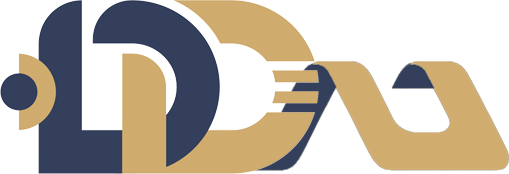Schedow is a term that has started to gain recognition across various fields, often interpreted differently depending on its context. For some, schedow represents a modern framework for digital organization, while for others, it symbolizes an abstract idea of planning and structure. Understanding sche dow requires exploring its roots, applications, and influence in everyday life.
The Origins of Schedow
The word sche dow appears to stem from a fusion of “schedule” and “shadow,” signifying something that runs parallel to planning—an unseen but guiding structure. While not tied to a single discipline, it has gradually come to represent flexibility, adaptability, and the unseen frameworks that support innovation and efficiency.
Schedow in Technology
Technology has embraced sche dow as a principle of efficiency and automation.
Digital Schedow in Software Development
In software systems, sche dow refers to background processes that quietly ensure smooth performance. These sche dows manage:
-
Task scheduling for optimization.
-
Data management that operates without user interference.
-
Shadow copies ensuring recovery and reliability.
Artificial Intelligence and Schedow
AI models employ schedow concepts when creating background learning loops. Just like a shadow follows movement, schedow algorithms evolve in parallel, adjusting predictions and improving outcomes.
Schedow in Business and Management
In business, sche dow reflects the hidden structures that guide strategy and growth.
Strategic Planning
Managers rely on sche dow-like frameworks when they:
-
Create contingency plans.
-
Develop hidden layers of strategy that activate when required.
-
Balance visible schedules with invisible structures.
Schedow in Remote Work Culture
The modern workplace thrives on sche dow systems where teams coordinate asynchronously. Digital sche dow tools allow:
-
Time zone–independent collaboration.
-
Invisible tracking of workflows.
-
A shadowed schedule that adapts to individual flexibility.
Schedow in Philosophy and Lifestyle
Schedow also resonates on a more abstract level.
The Philosophy of Sche dow
Sche dow symbolizes the balance between light and shadow, or the visible and the unseen. In this sense, sche dow embodies:
-
The unseen influences on our decisions.
-
The hidden habits that guide success.
-
The balance of structure and freedom in daily life.
Lifestyle Adaptations
Individuals use sche dow as a lifestyle approach by:
-
Building flexible yet disciplined schedules.
-
Allowing unseen routines to shape productivity.
-
Using shadow planning—preparing without strict rigidity.
The Benefits of Schedow
Sche dow provides unique advantages across domains:
-
Flexibility – It adapts to change while maintaining hidden order.
-
Resilience – By creating invisible backups and shadow systems, it prevents breakdowns.
-
Efficiency – It minimizes distractions by running in the background.
-
Creativity – It leaves visible space for exploration while structures remain hidden.
Schedow in Future Innovations
The concept of sche dow is expanding toward future possibilities:
-
Smart Cities may run on sche dow frameworks where unseen systems regulate energy, traffic, and communication.
-
Healthcare could integrate sche dow AI for monitoring patients silently in the background.
-
Education may adopt sche dow models for adaptive, unseen learning assistance.
Challenges
Despite its benefits, sche dow is not without challenges:
-
Over-reliance can make individuals unaware of invisible processes.
-
Transparency issues may arise in businesses where shadow strategies dominate.
-
Ethical concerns exist in AI when sche dow systems operate without user knowledge.
Conclusion
Sche dow is more than a word—it is a framework of unseen structures guiding the visible. Whether in technology, business, or lifestyle, sche dow reflects the importance of shadow planning and hidden efficiency. Embracing sche dow allows individuals and organizations to combine structure with adaptability, building a balanced foundation for future growth

